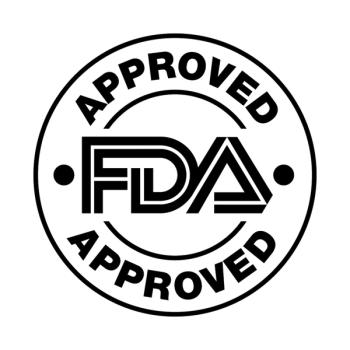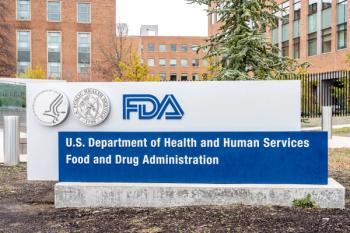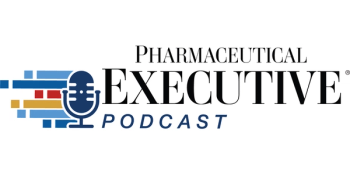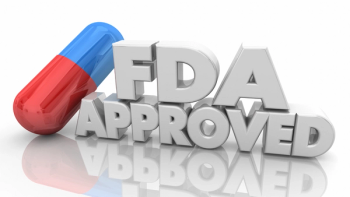
Regeneron Global Program Head of Linvoseltamab Discusses Key Findings of a Phase I/II Trial in Multiple Myeloma
In an interview with Pharm Exec Associate Editor Don Tracy, Karen Rodriguez-Lorenc, Global Program Head of Linvoseltamab, Regeneron talks key findings from the ongoing phase I/II trial of linvoseltamab in multiple myeloma that led to the submission of an FDA Biologics License Application (BLA).
PE: What are some of the key findings from the ongoing phase I/II trial of linvoseltamab in multiple myeloma that led to the BLA submission and priority review designation?
Rodriguez-Lorenc: The lymphoma was evaluated in the LINKER-MM1 study. This is a study that is being run in relapsed/refractory multiple myeloma. We think that the study represents the patient population in multiple myeloma quite well, because the inclusion of a large patient population that is older than 75 years. Also, there’s a representation of African American patients. This study was presented with a follow up of 11 months median duration. It was a 71% overall response rate, with 46% of the patients retaining complete response. 62% of those patients retain VGPR, which is a very good partial response. This was also evaluated by the independent review committee. We have a median response time of one month, a median time of VGPR of three months, and a median time of complete response of eight months. The median duration of response progression free survival and overall survival have not yet been reached. We have a landmark analysis that was done at 12 months, with an estimated probability of maintaining the response at 78%, of being progression fee at one year of 69%, and of overall survival at one year of 75%. We also observed that it was information of MRD negativity. In patients that were evaluable, the rate of the MRD negativity to the 10 to the minus five was 93%. The safety was consistent with the preliminary observations, and we did not have any new safety signals.
PE: Can you discuss the ongoing clinical trial program for this treatment and what you have found regarding the drug’s efficacy treating multiple myeloma?
Rodriguez-Lorenc: In Phase I, we evaluated nine different doses. We evaluated from three milligrams to 800 milligrams. When we transitioned to Phase II, doses of 50 and 200 milligrams were evaluated. which are consistent with the concordant. 200 milligrams was selected as the dose to pursue further development. As I mentioned before, results of efficacy were in 71% of responses, and the important thing is that we did a pre-pacified subgroup analysis for efficacy. The observations were very consistent, even in patients that are more difficult to treat. In the case of African American and Black patients, 85% had a response. In older patients, there was a response rate of 71%. Extramedullary plasmacytoma, which usually consists of patients that are difficult to treat, had a response rate of 53%.
The other thing we try to evaluate is if a different regiment with less intense doses could help so help us to maintain the efficacy and mitigate the safety. In the Phase II part of the 200 milligram patients, the evaluation was to reduce the intensity after reaching six months of treatment for those patients that achieve very good clinical response. 29 of those patients reached a good clinical response. Despite reducing the intensity of the treatment, approximately 50% of those patients achieved a complete response or better.
Newsletter
Lead with insight with the Pharmaceutical Executive newsletter, featuring strategic analysis, leadership trends, and market intelligence for biopharma decision-makers.





